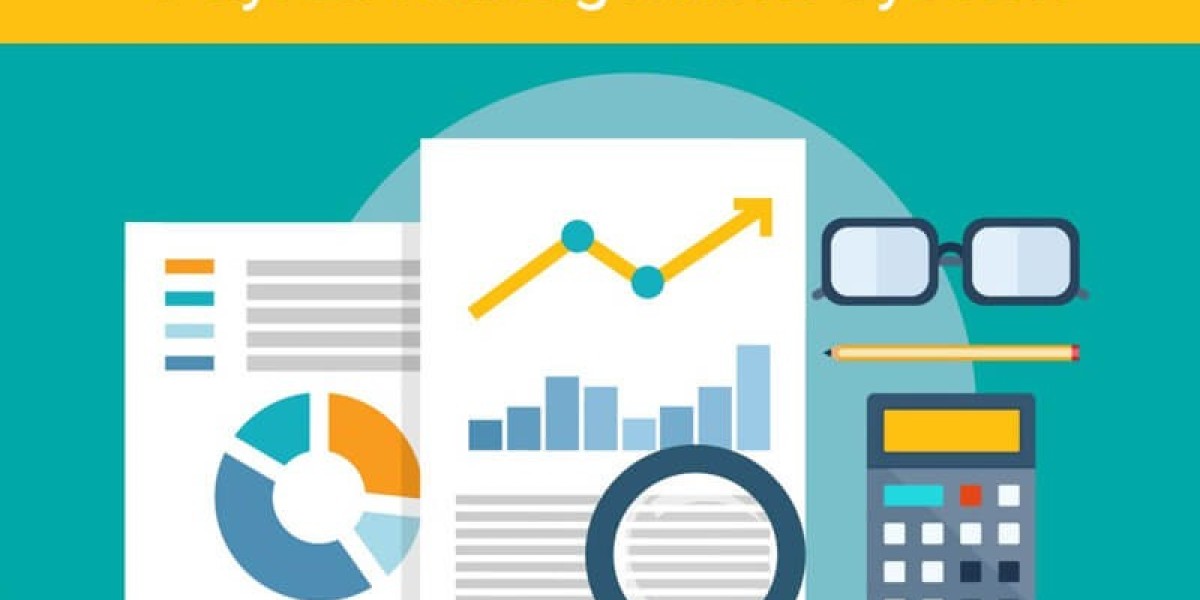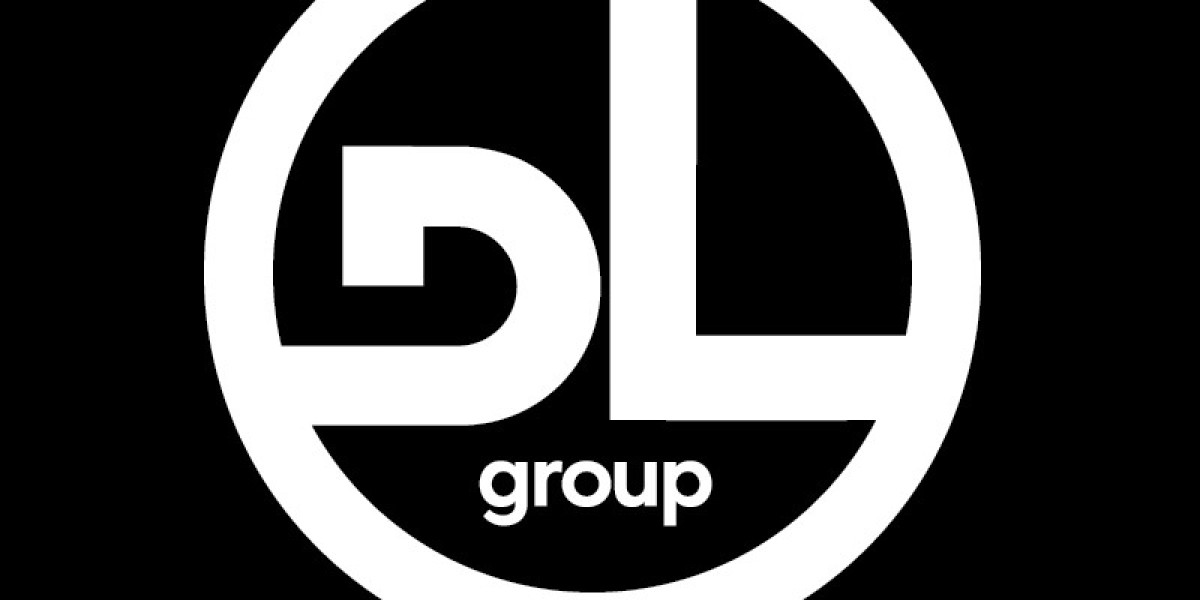In the realm of business operations, few tasks are as fundamental and critical as payroll management. From accurately calculating employee wages to ensuring compliance with tax regulations, payroll processes are essential for maintaining employee satisfaction and organizational integrity. However, the complexities of payroll can be overwhelming, especially for growing businesses with limited resources. Enter Payroll Management Software—a game-changing solution that automates and streamlines payroll processes, revolutionizing the way businesses handle their payroll operations. In this guest blog, we'll explore the significance of Payroll Management Software, its benefits, and best practices for implementation.
1. Understanding Payroll Management Software
Payroll Management Software (PMS) is a specialized software solution designed to simplify and automate the process of calculating, processing, and managing employee wages, taxes, and benefits. These software platforms offer comprehensive functionality to handle various payroll tasks, including time tracking, attendance management, tax withholding, deductions, direct deposits, and payroll reporting. Payroll Management Software integrates with HRIS (Human Resources Information Systems) and accounting software to synchronize employee data, streamline data exchange, and ensure accuracy and consistency across various HR and finance processes. By centralizing and automating payroll operations, PMS empowers businesses to manage payroll more efficiently, accurately, and compliantly, reducing errors, saving time, and improving employee satisfaction.
2. Streamlining Payroll Processing
One of the primary benefits of Payroll Management Software is its ability to streamline payroll processing from start to finish. PMS platforms automate routine payroll tasks, such as time tracking, attendance management, and calculation of wages and benefits, reducing manual data entry and administrative overhead. Employees can clock in and out using biometric scanners, mobile apps, or web-based portals, capturing accurate time data in real-time. Payroll calculations are automated based on predefined rules and parameters, including salary rates, overtime rates, bonuses, and deductions, ensuring accuracy and consistency in payroll processing. Once payroll is finalized, PMS platforms facilitate payment disbursement through direct deposit, checks, or electronic transfers, providing employees with timely and accurate payments.
3. Ensuring Compliance with Tax Regulations
Compliance with tax regulations and reporting requirements is essential for businesses to avoid legal risks and penalties. Payroll Management Software helps organizations ensure compliance with tax regulations by automating tax calculations, withholding, and reporting processes. PMS platforms are updated regularly to reflect changes in tax rates, withholding allowances, and payroll regulations, ensuring that payroll calculations are accurate and up-to-date. Additionally, PMS platforms generate tax forms, such as W-2s and 1099s, and facilitate electronic filing and reporting to federal, state, and local tax authorities, simplifying tax compliance for businesses. By automating tax compliance processes, PMS platforms help organizations mitigate legal risks, reduce administrative burden, and ensure accuracy and timeliness in tax reporting.
4. Enhancing Data Security and Confidentiality
Data security and confidentiality are paramount concerns in payroll management, given the sensitive nature of payroll data and employee information. Payroll Management Software prioritizes data security and confidentiality by implementing robust security measures and access controls. PMS platforms encrypt sensitive data, such as employee personal information, social security numbers, and banking details, to prevent unauthorized access and data breaches. Role-based access controls restrict access to payroll data based on user roles and permissions, ensuring that only authorized users can view or modify sensitive information. Additionally, PMS platforms provide audit trails and activity logs to track changes to payroll data and monitor user activity, enhancing accountability and transparency in payroll management.
5. Improving Employee Experience and Satisfaction
Efficient and accurate payroll processing contributes to employee satisfaction and morale by ensuring timely and accurate payment of salaries and wages. Payroll Management Software improves employee experience and satisfaction by providing self-service capabilities and timely access to payroll information. Employees can access their pay stubs, tax forms, and other payroll-related documents online through self-service portals integrated with the PMS platform, reducing the need for manual inquiries and paperwork. Additionally, PMS platforms automate employee onboarding and offboarding processes, ensuring that payroll information is updated promptly and accurately for new hires and departing employees. By improving transparency, accuracy, and timeliness in payroll processing, PMS platforms enhance employee satisfaction and engagement, fostering a positive workplace culture.
6. Integrating with HR and Accounting Systems
Payroll Management Software can integrate seamlessly with other HR and accounting systems, enabling businesses to streamline data exchange and ensure consistency and accuracy across various HR and finance processes. Integration with HRIS platforms allows PMS platforms to synchronize employee data, such as personal information, employment status, and compensation details, ensuring that payroll calculations are based on up-to-date information. Additionally, integration with accounting software facilitates reconciliation of payroll transactions, general ledger posting, and financial reporting, reducing errors and discrepancies in financial records. By integrating with HR and accounting systems, Payroll Management Software provides a comprehensive solution for managing payroll and finance processes efficiently and effectively.
7. Implementing Best Practices for Success
To maximize the benefits of Payroll Management Software, businesses should implement best practices for configuration, rollout, and adoption. This includes defining clear payroll policies and procedures, communicating expectations and guidelines to employees, and providing training and support on using the PMS platform effectively. Businesses should establish processes for handling exceptions, such as adjustments, corrections, and special payroll runs, and ensure that the PMS platform is configured to accommodate various payroll scenarios and requirements. By following best practices and fostering a culture of accuracy, compliance, and continuous improvement, businesses can harness the power of Payroll Management Software to optimize their payroll processes and drive business success.
In conclusion, Payroll Management Software plays a vital role in streamlining payroll processes, ensuring compliance with tax regulations, enhancing data security and confidentiality, improving employee experience and satisfaction, and integrating with HR and accounting systems. By automating payroll processing, ensuring compliance with tax regulations, enhancing data security, and integrating with HR and accounting systems, Payroll Management Software empowers businesses to manage payroll more efficiently, accurately, and compliantly, reducing errors, saving time, and improving employee satisfaction. By implementing best practices and fostering a culture of accuracy, compliance, and continuous improvement, businesses can unlock the full potential of Payroll Management Software and drive business success in the digital age.








